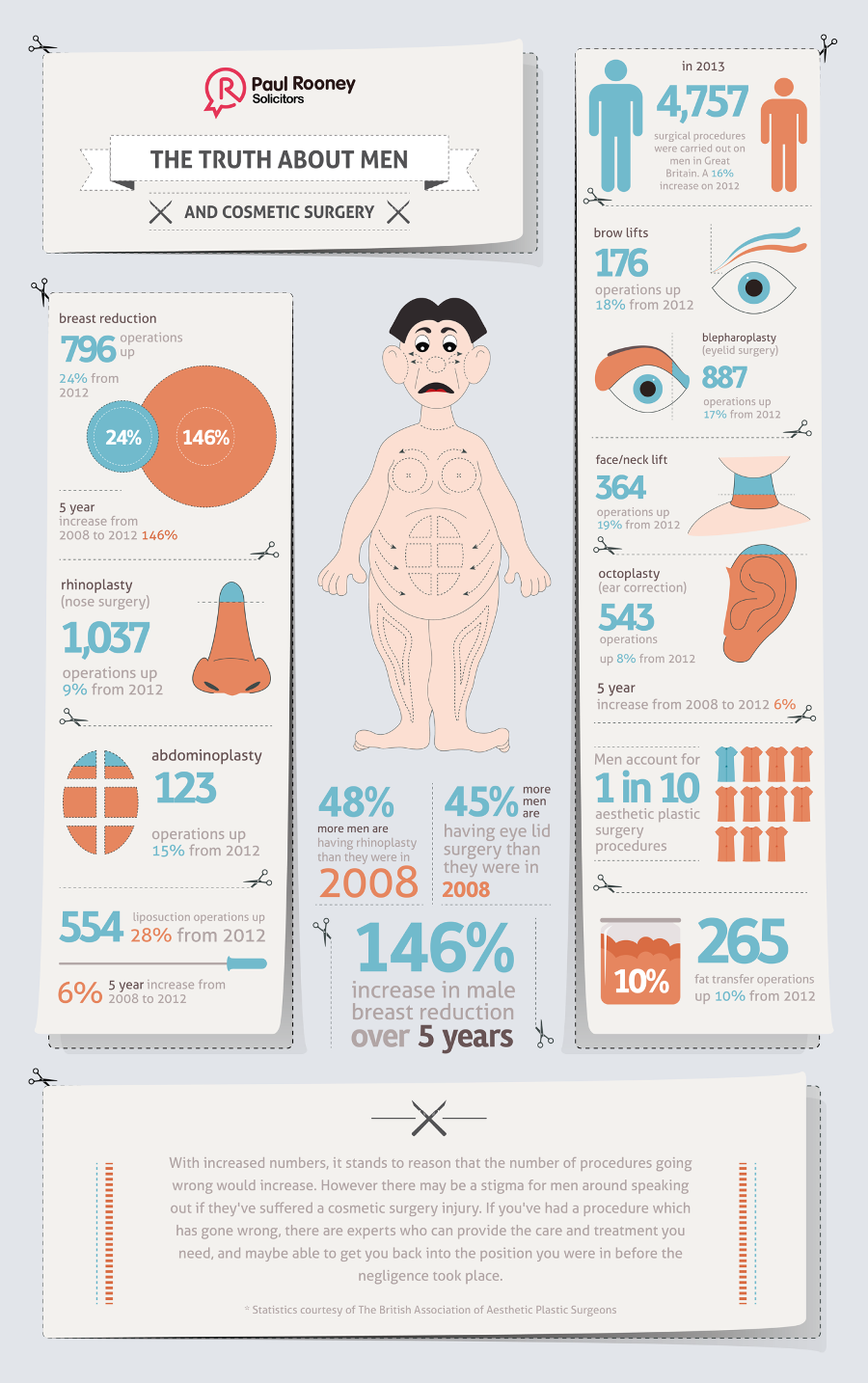Acne on Various Parts of the Body
Acne doesn't simply affect your face, it can appear anywhere you have oil glands. These consist of the chest, shoulders and back. Likewise called bacne, it can be just as unpleasant and painful as facial acne.
Both men and women can create blackheads and whiteheads on these body locations as well as pimples. These consist of Papules topped with pus-filled sores and extreme nodular cystic acne.
Face
Acne occurs when your pores obtain clogged with oil, dead skin cells and germs. These build-ups create inflammatory lesions called acnes, or spots. Acne lesions consist of blackheads, whiteheads and papules, which are sore, pink or red bumps that are full of pus (additionally referred to as inflammatory papules). They might also include blemishes, which are hard, unpleasant, pus-filled swellings and cysts, which are deep and often leave scars.
While acne postures no serious danger to your wellness, it can be unpleasant or awkward, particularly if you have serious acne that triggers scarring. It generally appears during the adolescent years and can last for 3 to 5 years.
Back
Acne on the back, also called bacne, can form on the shoulders and top back. This sort of acne develops when skin hair pores get blocked with dead skin and sweat or oil generated by the sebaceous glands. These blocked pores can cause whiteheads, blackheads, acnes, papules, cysts or nodules.
The shoulder and back have much more sweat glands than the face, making them at risk to acne breakouts. Adolescents and expecting females might have more back acne because of hormonal adjustments. Rubbing from ill-fitting clothes and backpacks, in addition to entraped sweat, can worsen the condition.
Easy way of life techniques can aid manage bacne and prevent future break outs, such as showering after workout and cleansing bed linens regularly. Non-prescription topical cleansers and moisturizers with salicylic acid or low concentrations of benzoyl peroxide can remove excess oil and unclog pores.
Breast
Like deal with acne, breast outbreaks take place anywhere oil glands are focused. They are most usual in locations where sweat can obtain trapped such as in skin folds. It can develop in both men and women of any ages.
Acne on the breast can happen when excess sebum combines with dead skin cells and germs obstructing hair roots and pores. The upper body is prone to this due to the fact that it has even more oil glands than other parts of the body.
Excessive sweating adhered to by a failure to clean, fragrant perfumes or fragrances, irritant ingredients in skin treatment items and drugs like steroids, testosterone supplements and mood stabilizers can all contribute to breast outbreaks. Any person with a consistent chest outbreak ought to talk to their doctor or skin specialist.
Buttocks
While it's seldom discussed, acne can occur anywhere on the body that contains hair follicles. Clogged pores and sweat that gather in the butts can cause booty acnes, especially in females that have hormonal imbalances like polycystic ovary disorder. Getting to the origin of the issue needs an extensive assessment by a board-certified skin specialist.
Blemishes on the butts can be as a result of a selection of problems, consisting of keratosis pilaris and folliculitis. They look like acne because of their flushed appearance, yet they're normally not really acne. Clients can prevent butt acne by wearing loosened garments and showering frequently with anti-bacterial soap or a noncomedogenic cleanser.
Arms
While more research is required, it's feasible that acne on the arms might be caused by hormone changes or imbalances. Hormonal changes can activate excess oil production, causing breakouts. Rubbing from limited clothes or excessive massaging can also irritate the skin, contributing to equip acne.
If what looks like acne on the arms is red, splotchy and scratchy, it might actually be hives or dermatitis. If you are not sure, talk to a skin doctor to get to the bottom of what's triggering your signs and symptoms.
Cleaning the skin regularly, specifically after sweating or working out, can help keep arm acne away. Exposed Skin Care provides a body laundry that is mild on the skin and aids prevent irritation and unclogs pores.
Legs
Even though the face, back and breast are the most common places to get acne, the condition can show up anywhere that hair follicles or oil glands exist. These include the groin, upper sculptra arms, and legs.
Unlike the bumps that appear on your cheeks and temple, the bumps on your leg are typically not acnes but instead inflamed, red hair follicles called folliculitis. Acne on the legs can be triggered by hormone modifications, sweat and rubbing, or a diet plan high in milk and sugar.
If you have folliculitis, your bumps may resemble blackheads (open comedones that appear black as a result of oxidation of sebum and dead skin cells) or whiteheads (closed comedones that are identified by small, dome-shaped papules). Your acnes can also materialize as red or pink pus-filled lesions called pustules or blemishes and cysts.

Comments on “Can Stress Cause More Acne”